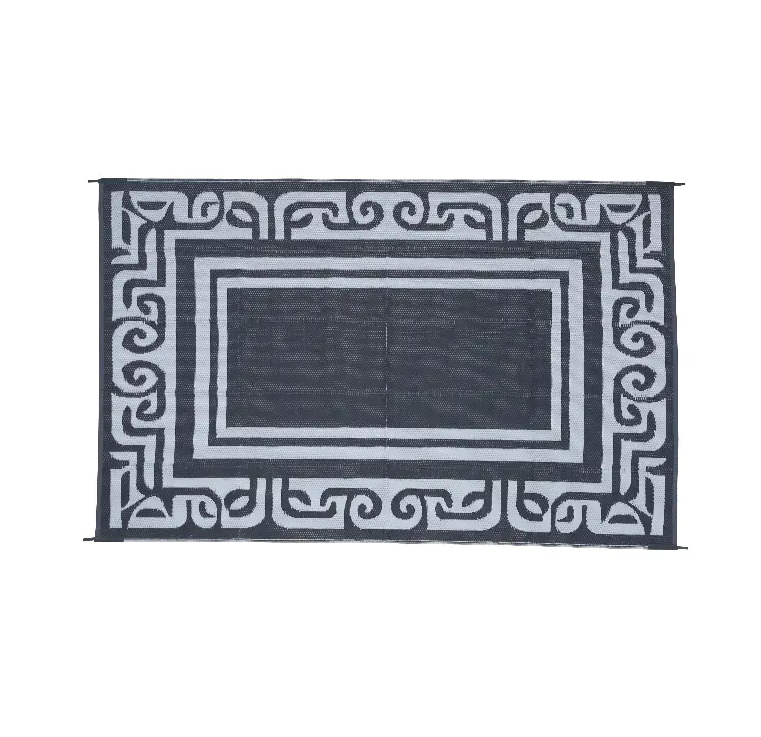For RV enthusiasts who enjoy spending time outdoors, the durability of accessories such as outdoor mats is crucial. Plastic outdoor RV mats are popular for their durability, ease of cleaning, and versatility. However, when these mats are placed in sunny environments for extended periods, a common concern is whether they can resist aging and degradation caused by prolonged ultraviolet (UV) radiation exposure.
Plastic materials are generally susceptible to UV damage because the ultraviolet rays from the sun can break down the chemical bonds in polymers. This process, known as photodegradation, can cause plastics to become brittle, crack, fade in color, or lose flexibility over time. For outdoor products like RV mats, this can translate to reduced lifespan and compromised functionality.
Fortunately, many plastic outdoor RV mats are specifically engineered to withstand UV exposure. Manufacturers often add UV stabilizers or absorbers to the plastic formulation. These additives work by absorbing harmful UV rays and converting them into less damaging forms of energy, or by neutralizing free radicals that cause material breakdown. This treatment significantly improves the mat’s resistance to sunlight and helps maintain its structural integrity and appearance.
The level of UV resistance varies depending on the quality of the plastic used and the amount and type of UV stabilizers added. High-quality mats designed for prolonged outdoor use often undergo rigorous UV aging tests to ensure they can endure months or years of sun exposure without significant deterioration. These mats maintain their flexibility, strength, and color much better than their untreated plastic counterparts.
In addition to UV additives, the color of the plastic mat can influence how it responds to sunlight. Darker colors tend to absorb more heat and UV radiation, which can accelerate degradation if the material is not properly treated. Conversely, lighter-colored mats reflect more sunlight, which can help reduce heat buildup and slow aging processes.
Environmental factors such as temperature fluctuations, humidity, and exposure to other elements like rain and dirt can also impact how quickly UV damage occurs. Proper care, such as cleaning the mat regularly and avoiding prolonged exposure when not in use, can help extend its service life.
RV owners need to check product specifications or inquire about UV resistance when purchasing a plastic outdoor RV mat. Selecting a mat with certified UV protection ensures better durability and value for long-term outdoor use.
In conclusion, plastic outdoor RV mats can effectively resist aging and degradation caused by prolonged UV exposure if they are manufactured with appropriate UV stabilizers and quality materials. These features help maintain the mat’s durability, appearance, and functionality even under continuous sunlight. For RV owners in sunny climates or those who leave their mats outdoors for extended periods, choosing a UV-resistant plastic mat is essential to ensure lasting performance and protection.
Features
Weather-resistant polypropylene mat
UV-stabilized to prevent fading
Mold and mildew-resistant
Breathable material won't harm the grass underneath
Corner tabs and loops for holding rug stakes
